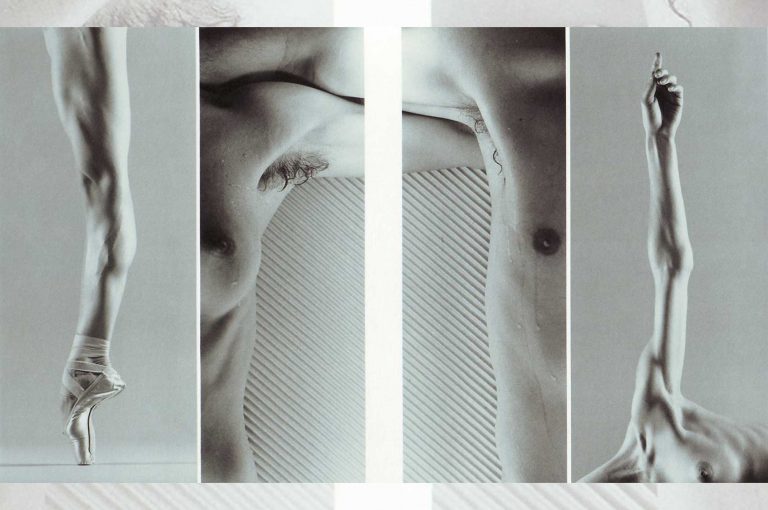The only record of the art of a dancer is in the other arts.
Martha Graham
Motion and photography are total opposites, not just in art. Motion, the motor of any change, is the embodiment of the living and the present. Its highest aesthetic expression is artistic dance. Dance is motion guided by music, melody, and rhythm. Dance symbolizes dynamism and constant change.
Along with the fascination with motion and the challenges that it represents for photographic technique, the pioneers of dance photography were driven by a longing for an ideal meeting between motion and images. It was this that led them to develop a wide variety of photographic approaches to dance, and that keeps this fascinating, highly varied game with the possible ways of showing motion and looking at motion alive. This game allows us to forget that using photography to record a movement means, first and foremost, the loss of direct relationship between the movement, and space and time. It also puts forward an illusion that one moment in transient motion of dance can be recorded.
The result of this play with possibilities are images that set out to capture, or to create, a split-second of a movement, a moment so fleeting that it would be otherwise seem to dissolve in the flow of watching dance. Because experiencing dance, the most transient of all the art forms, is subjective to a very special extent: it is made up of the perception of the combined effects of numerous elements which, as photographer Walter Boje writes, are always ‘filtered through the viewer’s receptiveness and receptivity.’ Can a photograph of a movement reflect any of this?
Movement Frozen In Time: A Collection of Dance Images is a travelling exhibition organized by the Tanzarchiv and the Goethe-Institut Manila.
